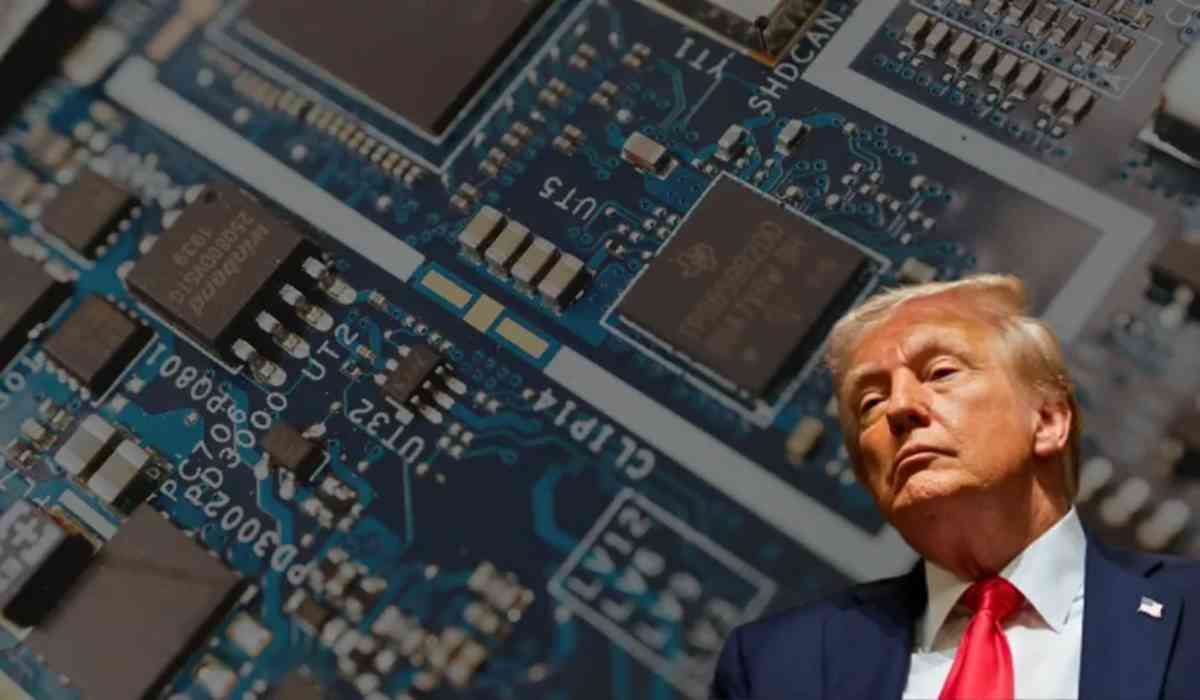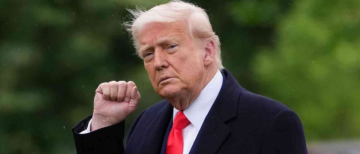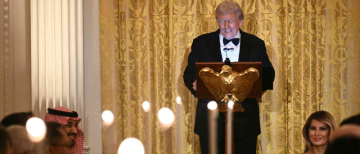In an escalating trade battle, US President Donald Trump announced on April 13, 2025, that new tariffs on semiconductors will be revealed "over the next week," a move that could significantly impact the electronics sector. This decision is part of Trump’s ongoing efforts to recalibrate trade relations, primarily focusing on reducing the United States' trade deficits with China and ensuring that critical industries, such as semiconductor manufacturing, are kept within US borders.
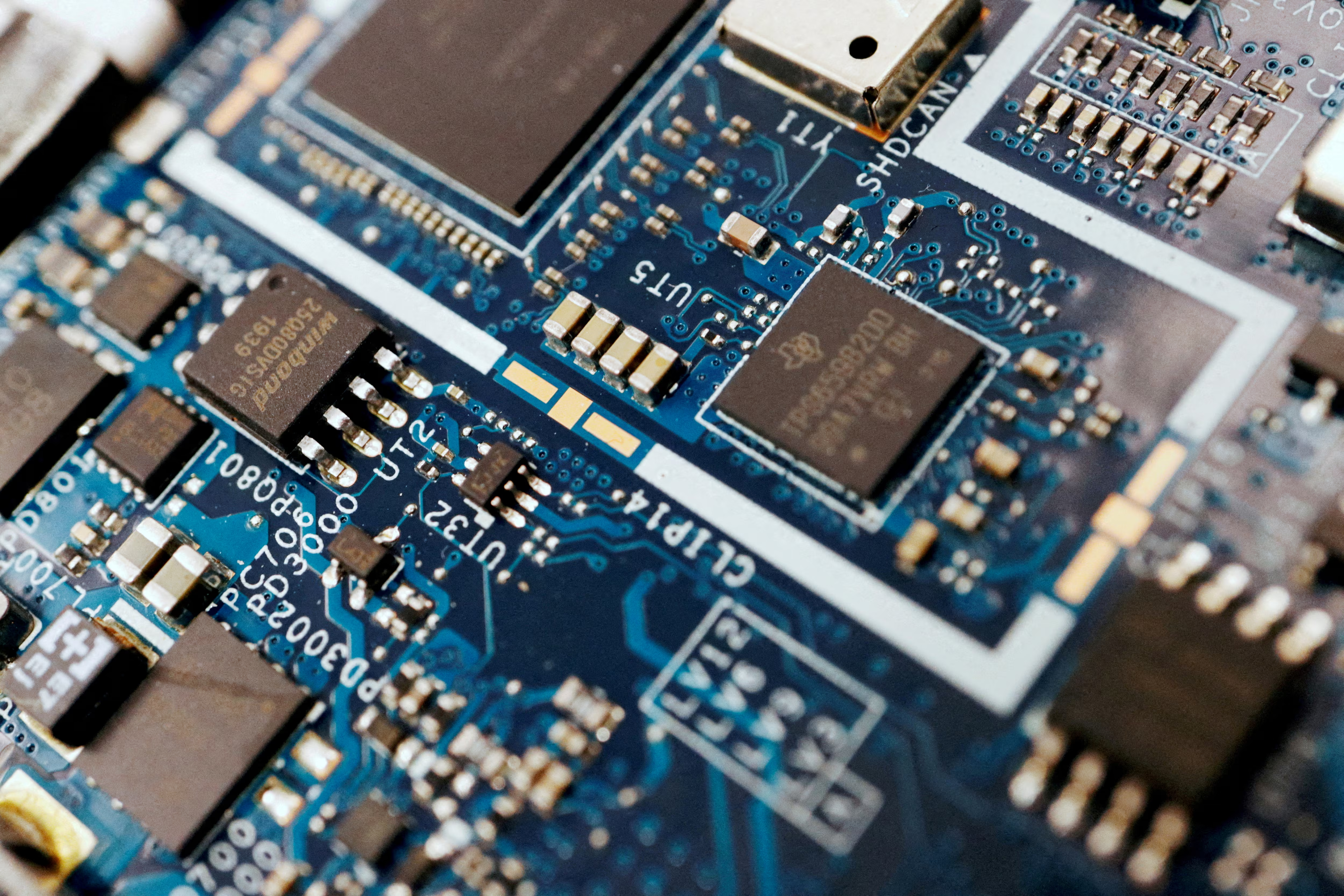
New Semiconductor Tariffs Coming Soon
Trump’s announcement on Air Force One hinted that sector-specific tariffs would follow the same pattern as previous levies on steel, aluminum, and automobiles. These new semiconductor tariffs are part of a broader strategy to ensure that the United States leads in key technological sectors, especially in light of the ongoing trade tensions with China.
-
Tariff Rate Announcement: Trump revealed that the exact rate for these new tariffs would be disclosed within the next week. Although he refrained from commenting on whether smartphones or certain tech products would be exempt, he suggested that there might be flexibility based on company-specific circumstances.
-
Sector Focus: The semiconductor sector is a critical component of the global electronics supply chain, and the US’s push to manufacture more semiconductors domestically is seen as a strategic move to reduce reliance on foreign imports, particularly from China.
Trump has made it clear that this is just the beginning of broader changes in the US's trade policy. He emphasized the importance of creating more manufacturing jobs within the United States, specifically in high-tech industries like semiconductor production.
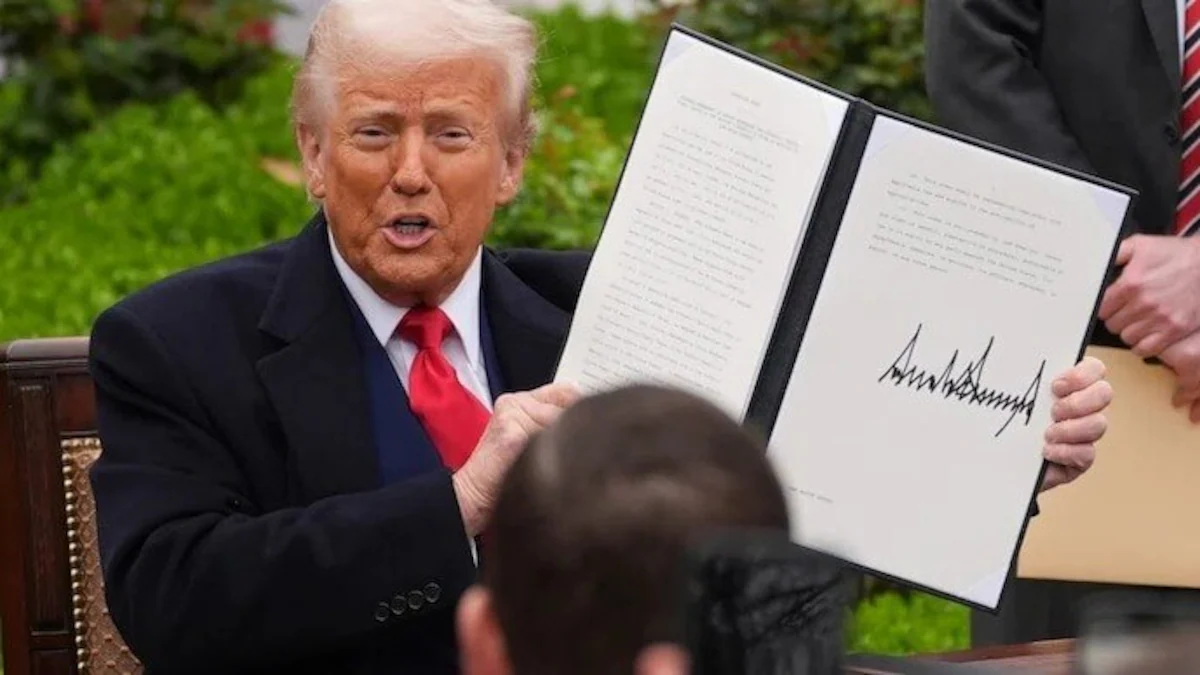
Short-Lived Exemptions for Electronics
Earlier in April 2025, the White House announced temporary exemptions for electronics such as smartphones and laptops from the reciprocal tariffs previously imposed on China. These exemptions were initially seen as a relief for tech giants like Apple, Microsoft, and other major players in the electronics industry, which feared that the steep tariffs would raise prices for consumers.
However, Trump’s latest statements suggest that these exemptions are only temporary. In fact, he made it clear that "no country, including China, will be getting off the hook" when it comes to trade tariffs. Electronics may have received temporary relief, but Trump is adamant that the trade war is far from over. The president reiterated that his administration would continue to address the "unfair trade balances" and "non-monetary tariff barriers" that he claims have been used against the US by other countries, especially China.
-
Temporary Relief: Although electronics like smartphones and laptops were not included in the latest round of tariffs, they remain subject to the existing 20% Fentanyl Tariffs and could face new levies in the coming months.
-
Short-Term Solution: Trump's comments underscore his belief that the recent exemptions are only a short-term solution and that broader changes in the trade balance are necessary.
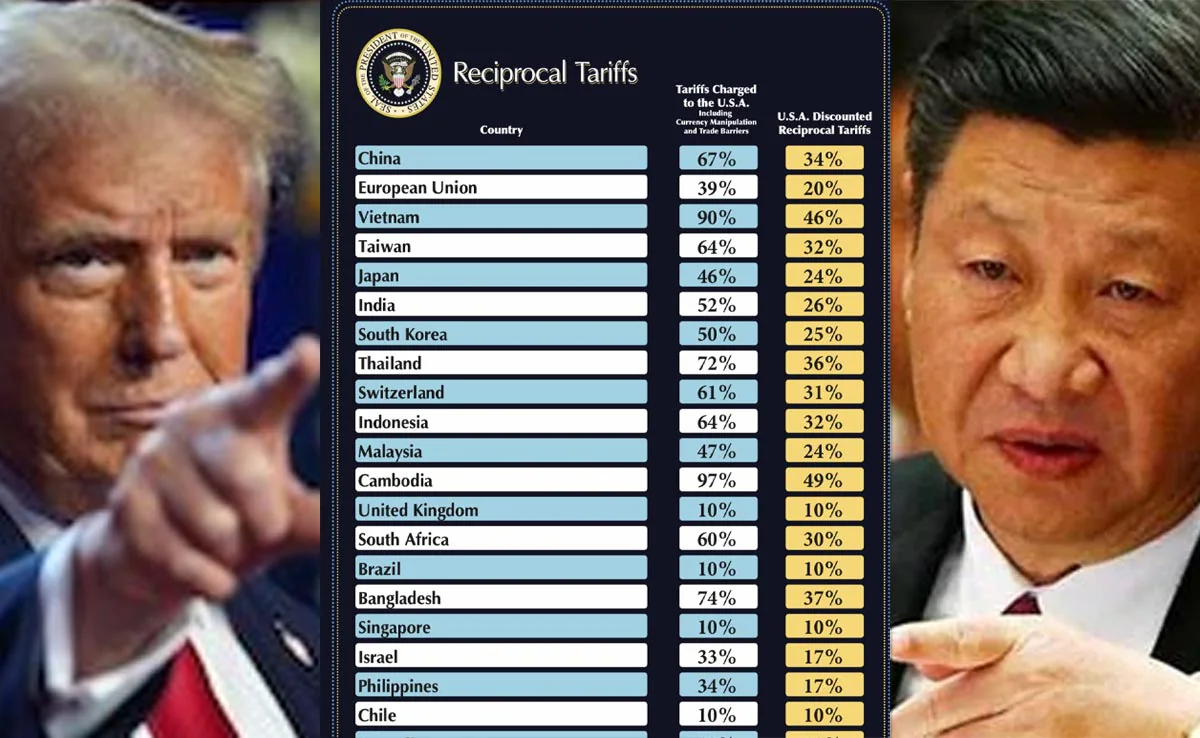
More Tariffs Coming for Electronics and Semiconductors
Commerce Secretary Howard Lutnick also confirmed that additional tariffs would be imposed soon, particularly on semiconductors. These new tariffs, expected to be rolled out within the next month or two, will target both electronics and the semiconductor supply chain.
-
Semiconductor Tariffs: Trump is focusing on semiconductor production as a key component of his trade strategy. Given that the US accounts for over 40% of global semiconductor manufacturing, the move is aimed at reinforcing American dominance in this critical sector.
-
Global Impact: The decision could have far-reaching implications for global electronics markets, especially as the US works to decouple from China in high-tech industries.
Strategic Economic Concerns: Reducing the Trade Gap with China
Trump's push for new tariffs on semiconductors and the broader electronics industry is closely tied to his administration's goal of reducing the trade gap with China. The US president has repeatedly emphasized the need to bring more manufacturing back to American soil, particularly in sectors vital to national security, such as semiconductors.
-
National Security: The new tariffs are part of a broader initiative to protect critical US industries from what Trump calls "unfair trade practices" by China and other nations. By bolstering domestic semiconductor production, the US aims to reduce its dependency on foreign suppliers, which Trump sees as a strategic vulnerability.
-
China’s Role: Despite China being the world’s largest producer of semiconductors by sales volume, it still lags far behind the US in terms of manufacturing capacity. According to a December 2024 Statista report, China's semiconductor manufacturing capacity stands at just 5%, compared to over 40% in the US.
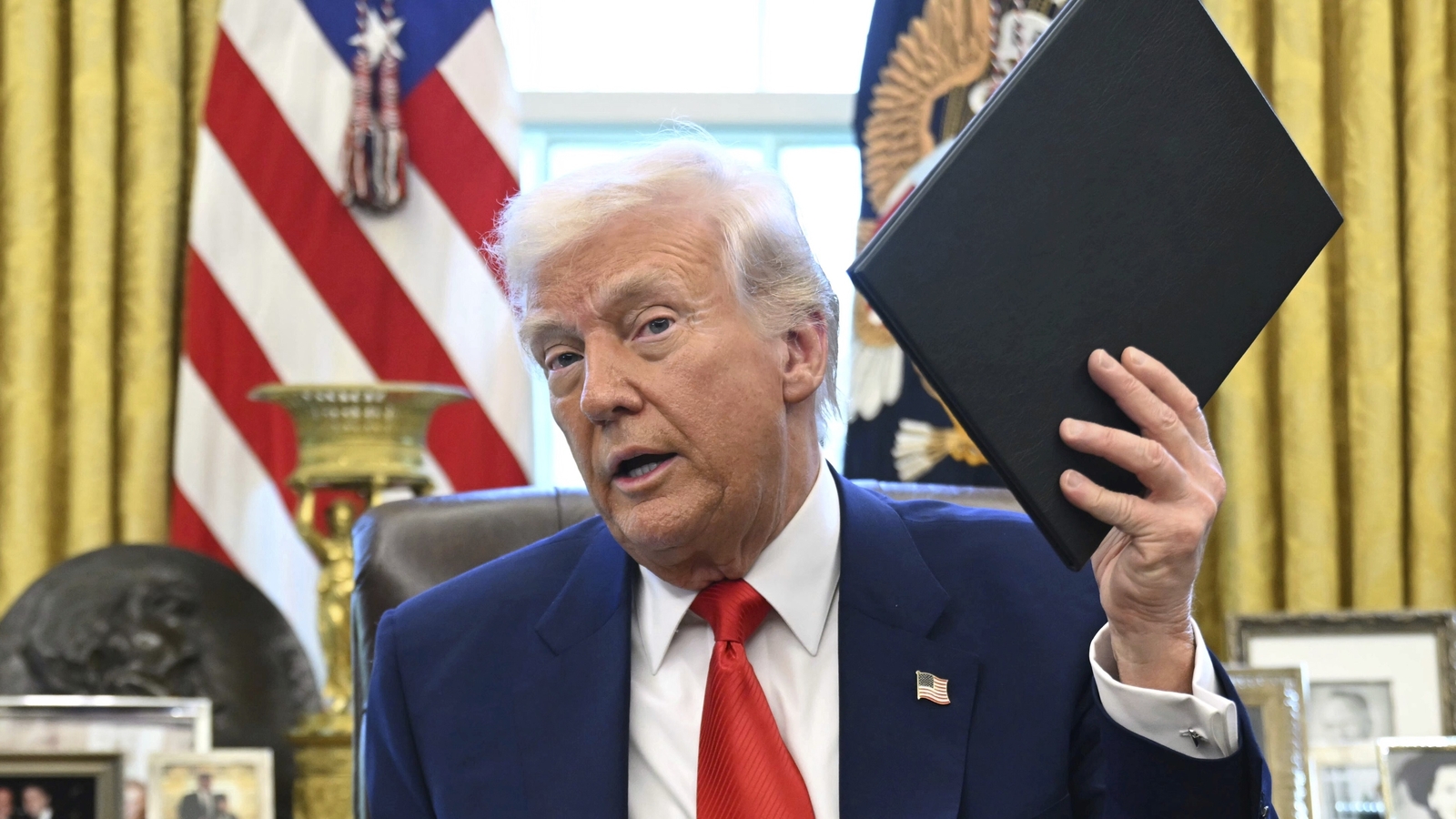
The Trade War Continues: No End in Sight
While some US tech companies initially welcomed the temporary relief from the most recent tariff measures, the overall sentiment remains cautious. Trump's firm stance on trade balances and his insistence that no country will be "off the hook" signal that the trade fight, particularly with China, is far from resolution.
-
Global Reactions: The situation has led to global concern, with China warning that a "trade war" would have no winners. During his Southeast Asia tour, Chinese President Xi Jinping criticized protectionism and called for open, fair trade practices. However, Trump remains resolute, arguing that the US will come out stronger in the long run, emphasizing his slogan "Make America Great Again."
-
Market Impact: While stock markets briefly rallied after the news of tariff exemptions, experts warn that the volatile trade landscape could continue to drive uncertainty, particularly in sectors like tech that are heavily reliant on global supply chains.
As the Trump administration prepares to announce new tariffs on semiconductors and possibly other electronics, the ongoing trade conflict between the US and China continues to unfold. These tariff moves are part of a larger effort to bring more manufacturing back to the US, reduce the trade deficit, and protect critical industries like semiconductors. While the temporary exemptions for some electronics have provided short-term relief, the trade war is far from over, and global markets should brace for further disruptions in the coming months.
With inputs from agencies
Image Source: Multiple agencies
© Copyright 2025. All Rights Reserved Powered by Vygr Media.

